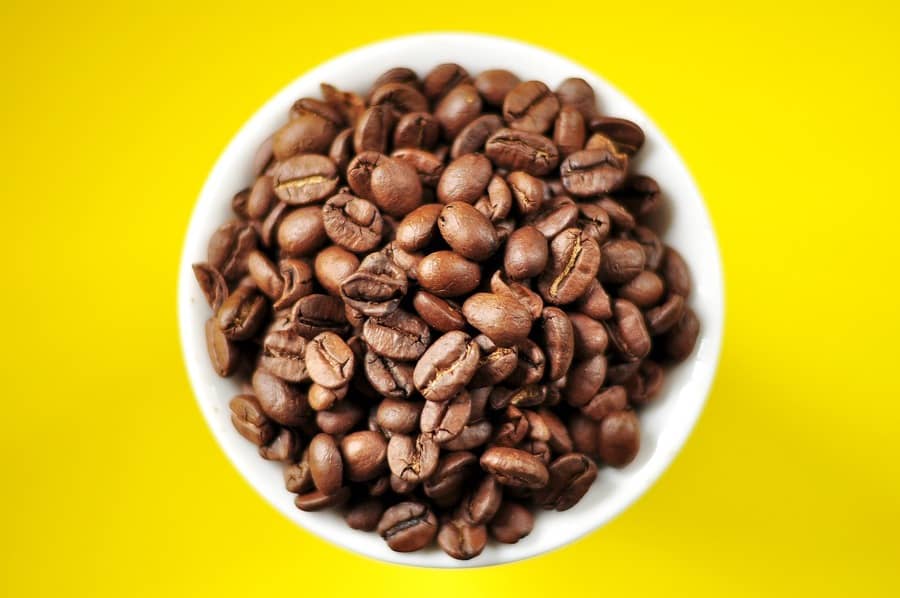Coffee soared, breaking the 160-cent line and reaching the highest price since August on ICE US. The gains accumulated in October are linked to the rise in oil, losses in the dollar, and low certified stocks. The low certified coffee stocks on the NY stock exchange gained more visibility in recent sessions, reflecting a squeezed market for the Dec/23 position, given the interest in short-coverage above offers. However, it is an adjustment movement in futures contracts. The most distant positions followed the gains of the Dec/23 position but not in the same proportion.
The fact is that the external rally ended up favoring the recovery of prices in the internal physical market. However, growers need to understand that these are financial movements and that usually do not last long. A more significant trend would need to be supported by firmer fundamentals.
Low certified stocks on the exchange do not necessarily reflect tight supply in the physical market. There are reports of delayed shipments from Brazil due to the low availability of trucks and containers, which results in increased costs. But overall, the flow of global shipments continues at a good pace, guaranteeing the supply of an industry that continues to shorten its positions, faced with financial challenges of high interest rates and currency volatility. In this sense, coffee gains in NY are linked much more to realignments in the price curve than a more consistent change in its market trajectory. For growers, this is an opportunity to dilute the risk of future lows. For buyers, for now, there is no reason to drastically change their strategy.
The fundamental determinant of the market continues to be the potential of the next Brazilian crop. The preliminary idea, reinforced by the blossoming and post-blossoming, remains positive. In this sense, projections prevail that Brazil will reap more coffee in 2024 than in 2023, especially in the case of arabica. A larger Brazil’s 2024 crop should result in more Brazilian coffee on the international market, with an increase in exports, besides continuing with the replenishment of internal stocks. A framework that sustains the recovery of Brazil’s external share and must also make internal supply more comfortable.
The fact is that there is still a lot to happen before the arrival of Brazil’s 2024 crop, but as time progresses and this scenario is confirmed, it is natural to expect additional pressure on prices. This risk requires growers to pay greater attention to sales in advance and barter operations, to reduce exposure at the crop arrival. In this sense, financial volatility should be seen by growers as a new opportunity to stagger sales positions, taking advantage of price rebounds.

